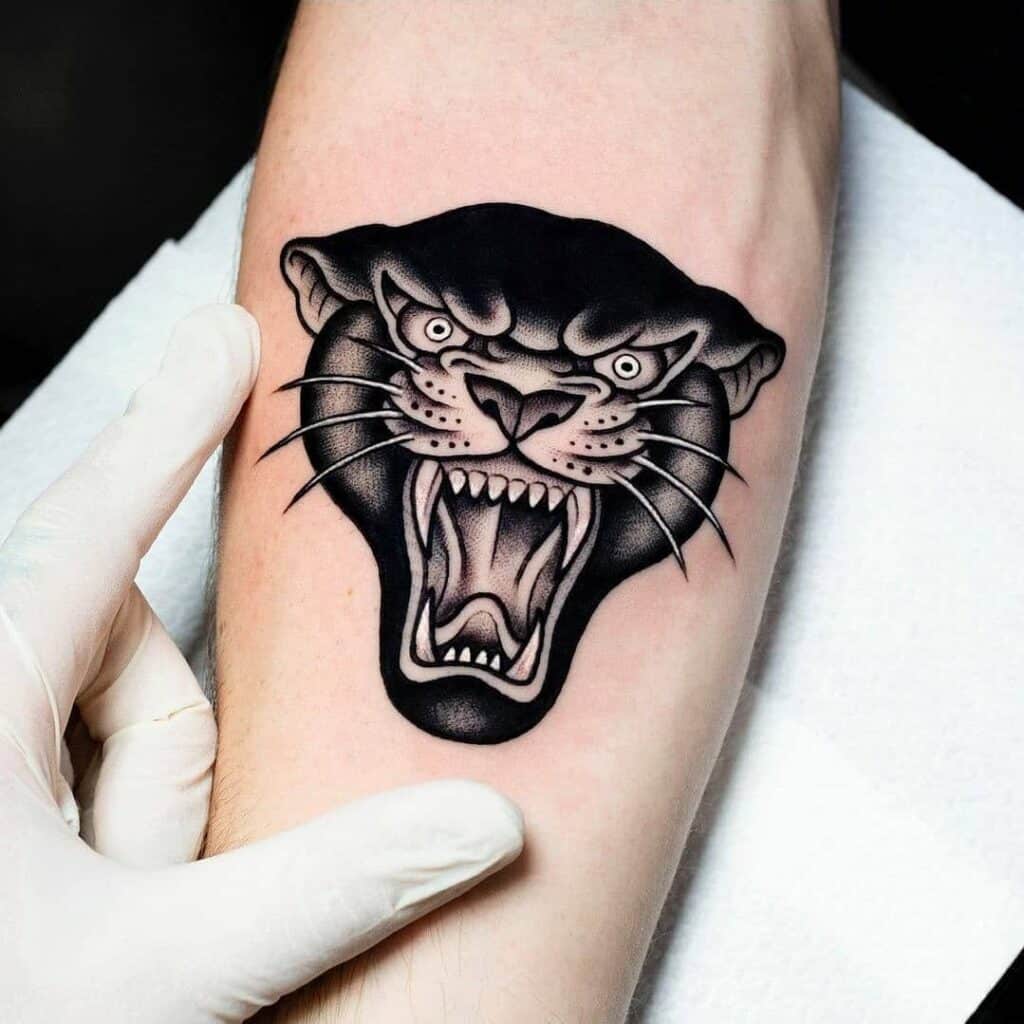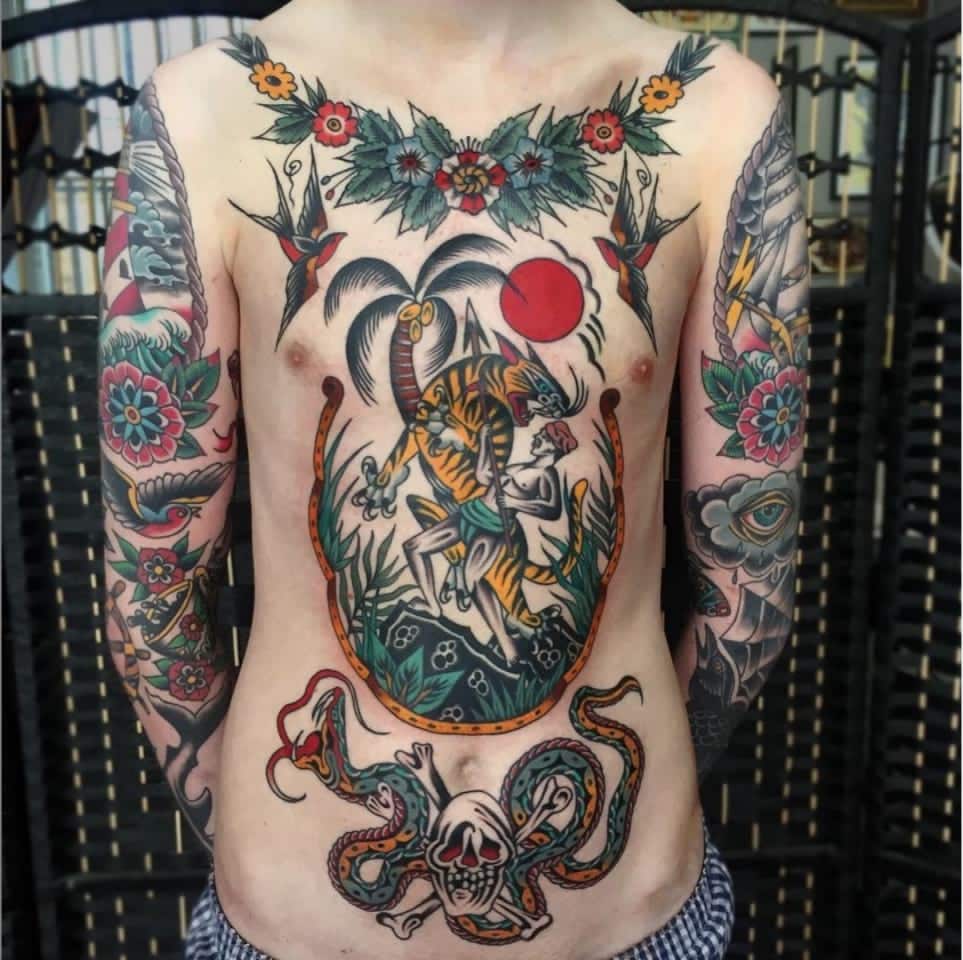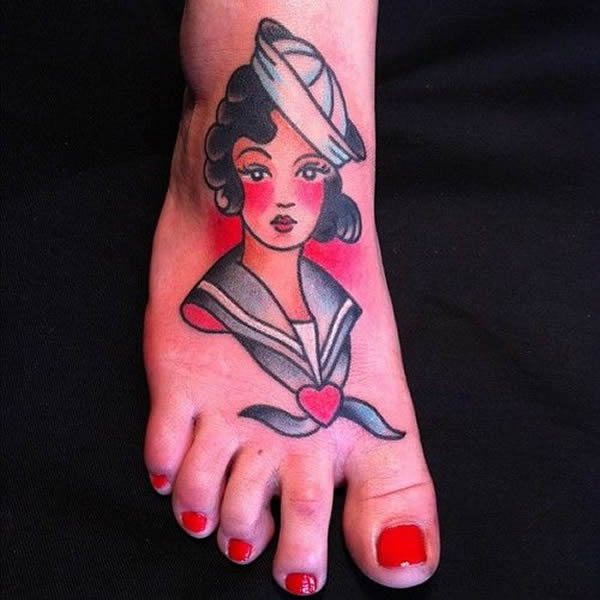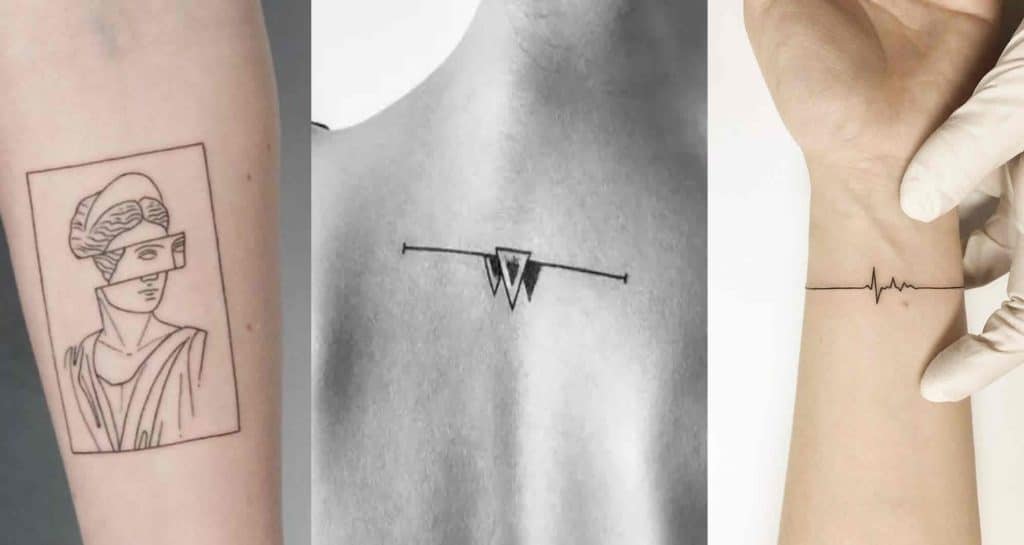The American Traditional Tattoo style, also known as Old School, is a type of tattooing that has its roots in the United States in the late 19th and early 20th centuries. This style of tattooing is characterized by bold, black outlines, a limited color palette, and simple, easily recognizable designs. It was popularized by tattoo artists like Sailor Jerry Collins, Bert Grimm, and Don Ed Hardy, and has remained a staple of the tattoo industry ever since.
One of the defining features of the American Traditional Tattoo style is its use of bold, black outlines. These outlines help to define the shapes and contours of the design, and also serve to make the tattoo more durable over time. The limited color palette used in this style is also a characteristic feature, with colors typically limited to red, green, yellow, and blue.
Designs in the American Traditional Tattoo style are often simple and easily recognizable. Popular motifs include anchors, eagles, roses, and skulls, among others. These designs often have symbolic meanings, such as the anchor representing stability, the eagle representing freedom and strength, and the rose representing love and beauty.
The popularity of the American Traditional Tattoo style has waxed and waned over the years, but it has remained a staple of the tattoo industry thanks to its timeless designs and enduring appeal. Many modern tattoo artists continue to draw inspiration from this style, and it remains a popular choice for those looking to get their first tattoo or add to their existing collection.
In addition to its aesthetic appeal, the American Traditional Tattoo style is also notable for its cultural significance. During the early 20th century, tattoos were often associated with sailors, soldiers, and other working-class individuals. The American Traditional Tattoo style was a way for these individuals to express their identity and sense of belonging, and it continues to be associated with a sense of rugged individualism and rebellion today.

The American traditional tattoo style is known for its bold outlines and enduring appeal, making it a popular choice for many tattoo enthusiasts. This style originated in the early 1900s and was characterized by its use of black ink, thick lines, and bold colors such as red and green. The designs often featured traditional symbols such as anchors, eagles, and roses, and were typically placed on the arms of sailors and other working-class individuals. Today, the American traditional tattoo style has evolved to include a wide range of designs and is still highly sought after for its timeless aesthetic and historical significance.

The American traditional tattoo style is renowned for its bold outlines and enduring appeal. This style of tattooing originated in the early 20th century and has since become a timeless classic. The use of bold outlines, vibrant colors, and iconic imagery such as anchors, roses, and eagles have made these tattoos instantly recognizable. The anchor, in particular, is a popular choice in this style, symbolizing strength, stability, and resilience. Its enduring popularity is a testament to the artistry and skill of traditional tattoo artists who have kept this style alive for generations.

The American traditional tattoo style is known for its bold outlines and enduring appeal. This style has been popular for decades and continues to be a staple in the tattoo industry. The traditional style typically features bold, black outlines with limited color and shading. It often incorporates classic tattoo motifs such as eagles, anchors, and roses. Many people choose this style for its timeless look and the ability to withstand the test of time. Whether it’s a small piece on the wrist or a full sleeve, the American traditional tattoo style can add an edgy and classic touch to any man’s arm.





Overall, the American Traditional Tattoo style is a timeless and enduring style of tattooing that remains popular to this day. Its bold outlines, limited color palette, and simple designs make it a favorite of tattoo enthusiasts around the world, and its cultural significance ensures that it will continue to be an important part of the tattoo industry for years to come.




